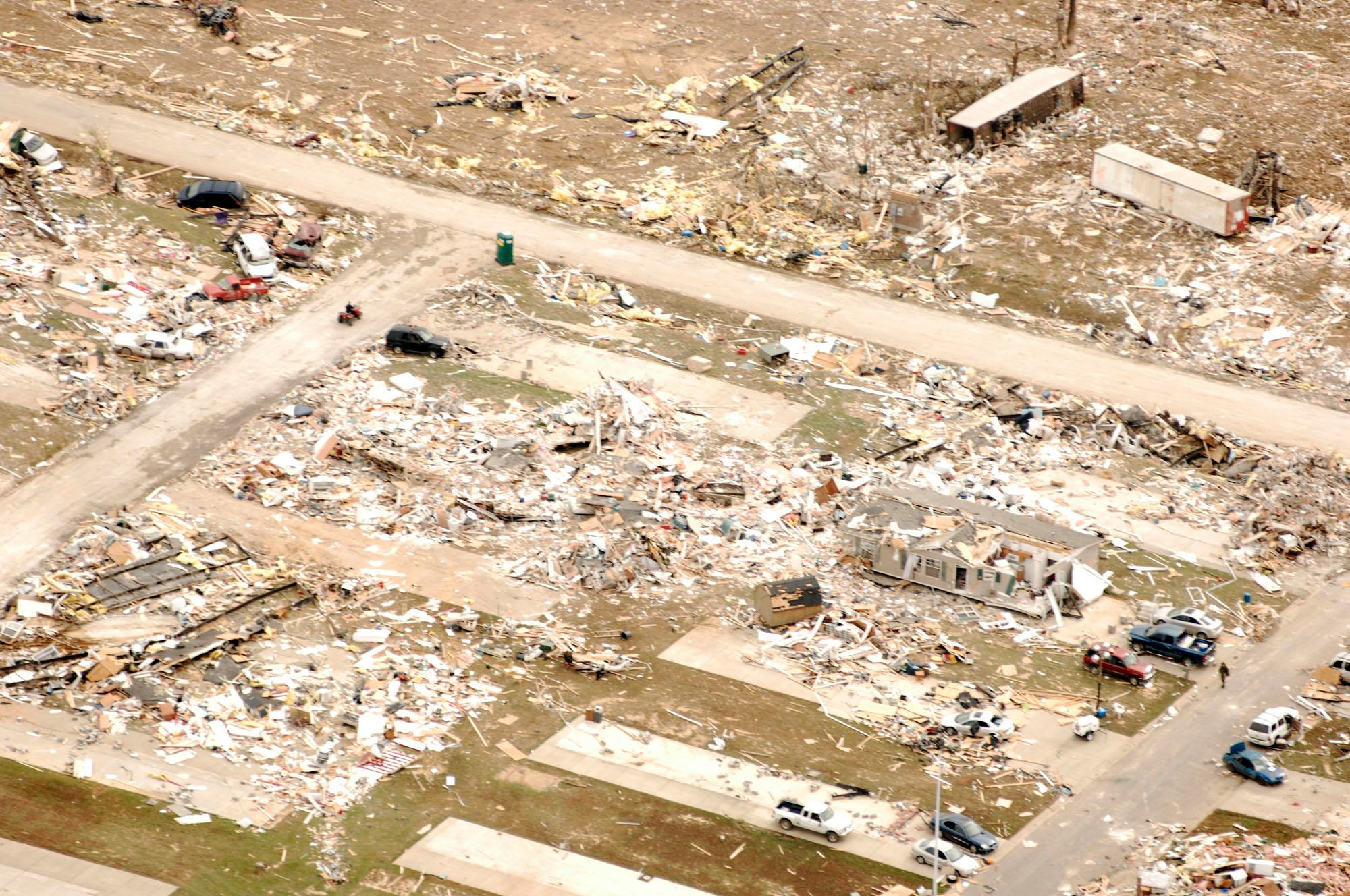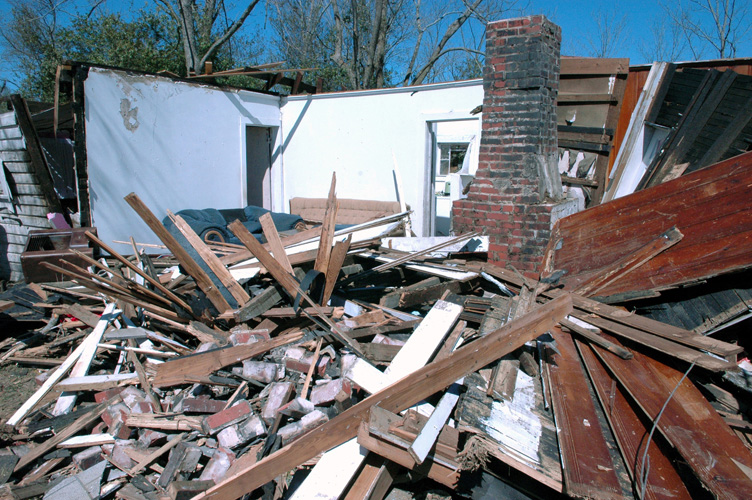

The reality is they may go for years before ever spotting the elusive tornado."I didn't start chasing until my late 30s, so very different from Melanie. The only thing that is guaranteed is that they'll be driving close to and sometimes through severe storms, getting pounded by hail and dodging lightning. Most storm chasers aim to position a safe distance away from a tornado and take dramatic photos and capture footage. Some storm chaser scientists will even try to place sensors in the path of a tornado hoping to collect data about wind speed, air pressure, humidity, and temperature. They hit the road during tornado season, heading for the areas with weather conditions most likely to spawn supercell thunderstorms. These different groups are all known as storm chasers. They not only catch the imagination of scientists but many non-expert hobbyists as well, even some thrill-seekers too. Tornadoes are fascinating and awe-inspiring. Forecasting tornadoesĭoppler radar has increased warning time for tornadoes from less than five minutes in the 1980s to an average of 14 minutes today resulting in fewer deaths.

The sun heats the ground and warm, moist air rises.

Sorry, your browser doesn't support embedded videos.


 0 kommentar(er)
0 kommentar(er)
